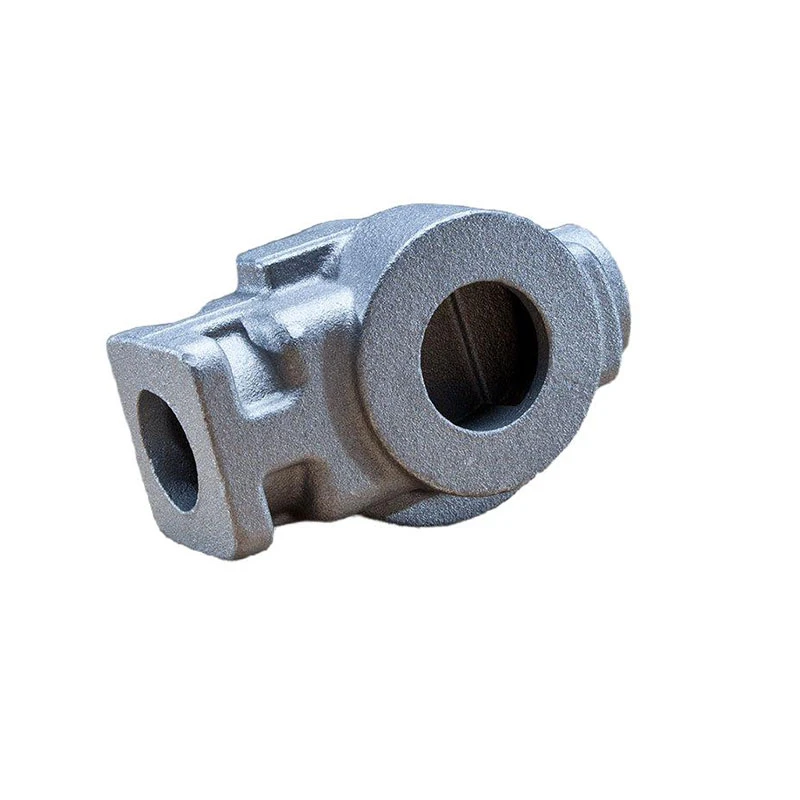Innovative Approaches to Sand Casting Design for Enhanced Manufacturing Efficiency
Understanding Sand Casting Design
Sand casting is one of the oldest and most versatile manufacturing processes, used primarily for metal casting. It involves creating a mold from a sand mixture and pouring molten metal into that mold to produce the desired shape. This process is widely used across various industries due to its simplicity, cost-effectiveness, and ability to produce complex shapes. In this article, we will explore the fundamental aspects of sand casting design, including its components, best practices, and the advantages and disadvantages it has over other casting methods.
Components of Sand Casting Design
The sand casting design process begins with the creation of a pattern, which serves as a replica of the final product. Patterns can be made from various materials, including wood, metal, or plastic, and they are typically oversized to account for material shrinkage that occurs during cooling. The pattern is placed into a molding sand mixture, which is often composed of silica sand, clay, and water. The sand's properties—such as grain size, shape, and plasticity—play a significant role in determining the final quality of the casting.
Once the pattern is embedded in sand, it is removed to create a mold cavity. This mold can either be a single-piece or a two-piece design (known as a cope and drag). The complexity of the part being cast dictates the mold design, including the placement of cores and gating systems. Cores are additional pieces that create internal features or hollow spaces in the final product, while the gating system directs the flow of molten metal into the mold cavity, ensuring that it fills completely without trapping air.
Best Practices in Sand Casting Design
To achieve high-quality sand castings, several best practices should be followed during the design phase
1. Pattern Design Patterns should be designed to minimize undercuts and avoid complex geometries that could complicate the mold-making process. Rounding sharp edges can also reduce stress concentrations and improve overall strength.
2. Draft Angles Incorporating proper draft angles in the pattern design allows for easier removal from the mold. A minimum draft angle of 1 to 2 degrees is typically recommended, depending on the part's material and geometry.
3. Gating System Design An effective gating system is crucial for efficient metal flow. It should be designed to minimize turbulence and ensure that the metal fills the cavity evenly, preventing defects such as cold shuts or misruns.
4. Core Placement When internal features are required, cores should be strategically placed to avoid collapse and allow for proper venting of gases during the casting process.
sand casting design

5. Sand Properties Selecting the right sand mixture and ensuring it has the correct moisture content and cohesiveness is vital for mold integrity. Consistency in sand properties will lead to uniform casting quality.
Advantages and Disadvantages of Sand Casting
Sand casting offers numerous advantages, including
- Cost-Effectiveness The materials used in sand casting are relatively inexpensive, making it a cost-effective solution for low- to medium-volume production runs.
- Versatility Sand casting can accommodate a wide range of metals and alloys, including iron, aluminum, brass, and steel, allowing manufacturers to choose materials best suited for their applications.
- Complex Shapes The process can produce intricate designs and features that may be challenging with other casting methods.
However, sand casting also has its drawbacks
- Surface Finish The surface finish of sand castings is generally rougher compared to other processes, such as die casting. Additional machining may be required to achieve a smoother finish.
- Dimensional Tolerance Sand casting typically has looser dimensional tolerances compared to more precise casting methods, which may limit its use in applications requiring tight specifications.
In conclusion, understanding the principles of sand casting design is essential for manufacturers looking to leverage this versatile process. By considering the various components, best practices, and the pros and cons, designers can optimize their casting designs to achieve high-quality results, tailored to meet specific production needs. Sand casting remains a foundational manufacturing technique that continues to evolve with technological advancements, ensuring its relevance in modern industry.
-
Precision Sheet Metal Stamping Manufacturer | Fast & ReliableNewsAug.01,2025
-
OEM Sand Cast Pump Valve Fittings - Baoding Hairun Machinery And Equipment Trading Co., Ltd.NewsAug.01,2025
-
Custom OEM Impellers | High Efficiency & PrecisionNewsAug.01,2025
-
OEM Sand Cast Pump Valve Fittings - Baoding Hairun Machinery | Customization, Quality AssuranceNewsAug.01,2025
-
OEM Sand Cast Pump Valve Fittings - Baoding Hairun Machinery And Equipment Trading Co., Ltd.NewsAug.01,2025
-
OEM Sand Cast Pump Valve Fittings - Baoding Hairun Machinery And Equipment Trading Co., Ltd.NewsJul.31,2025















